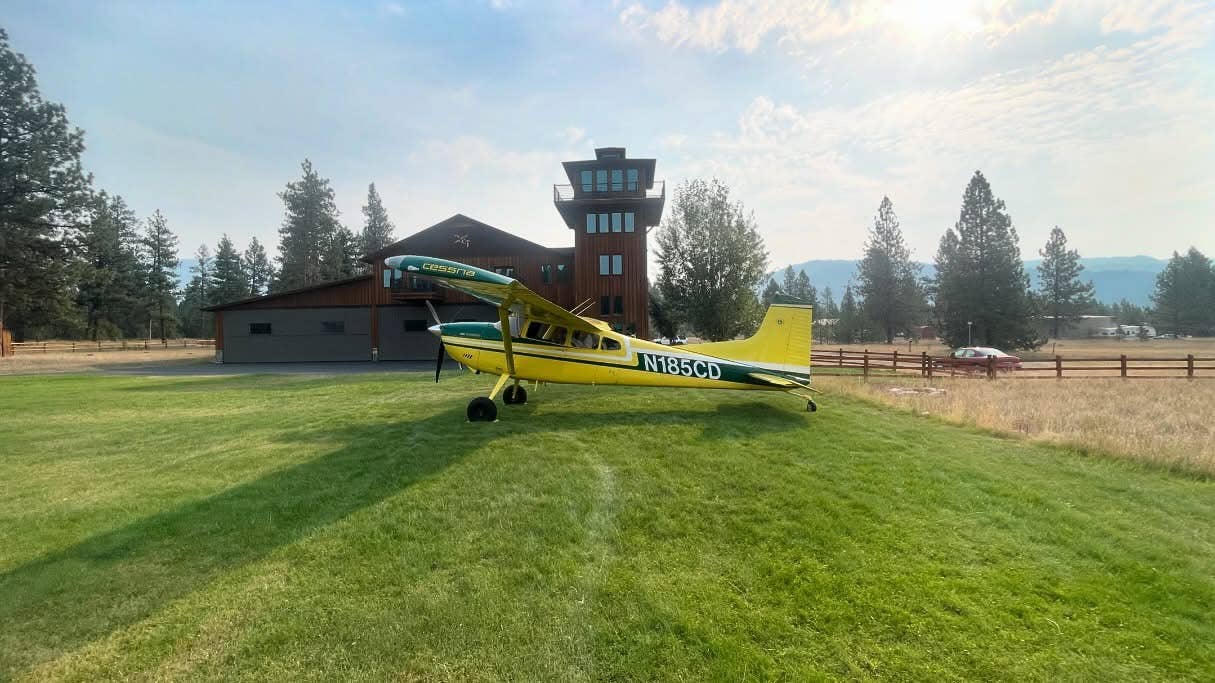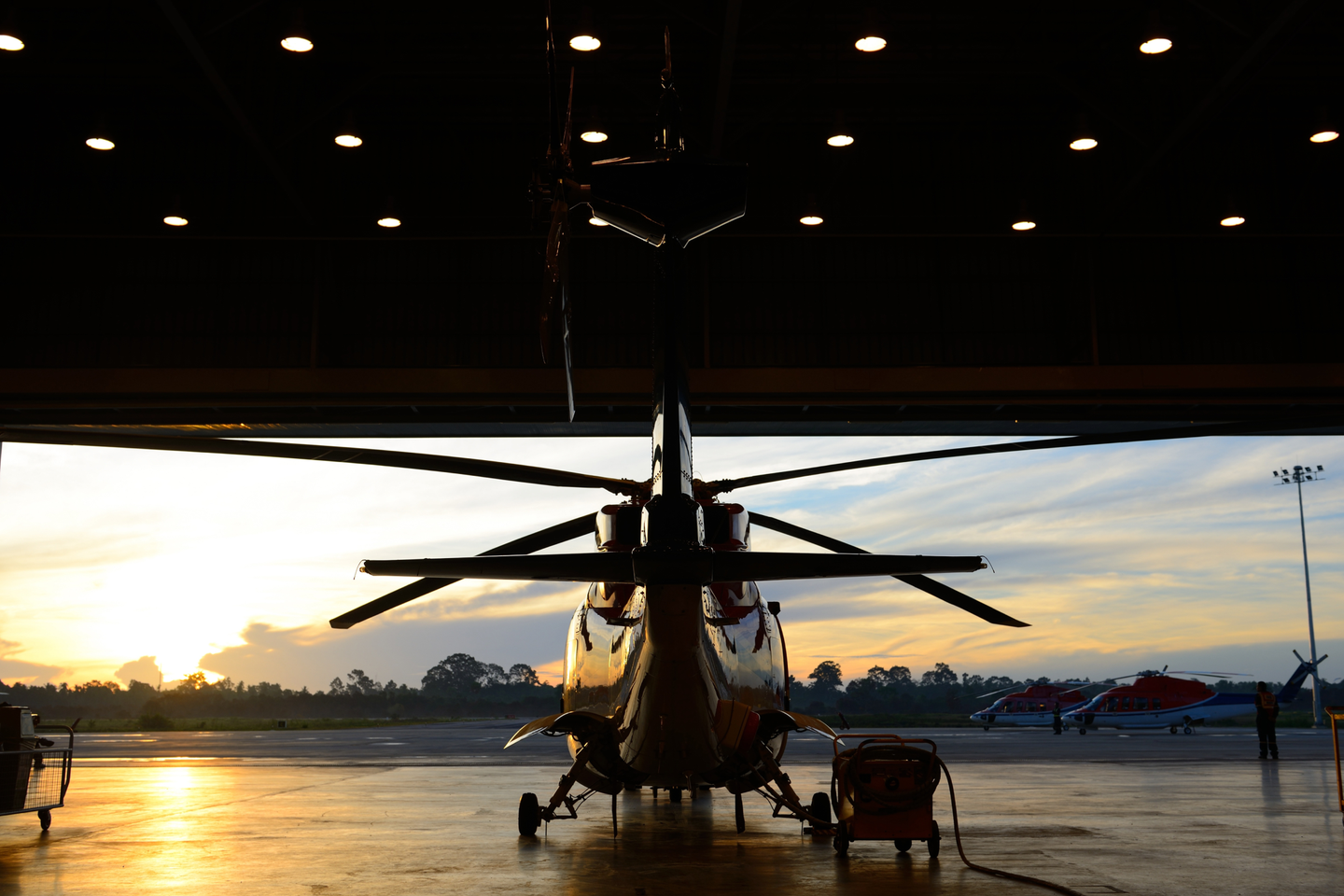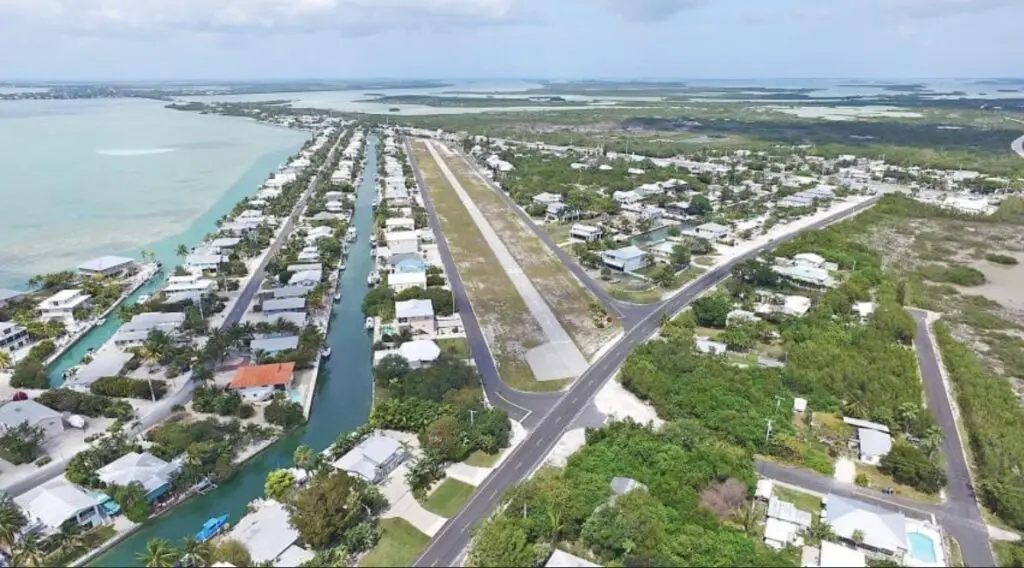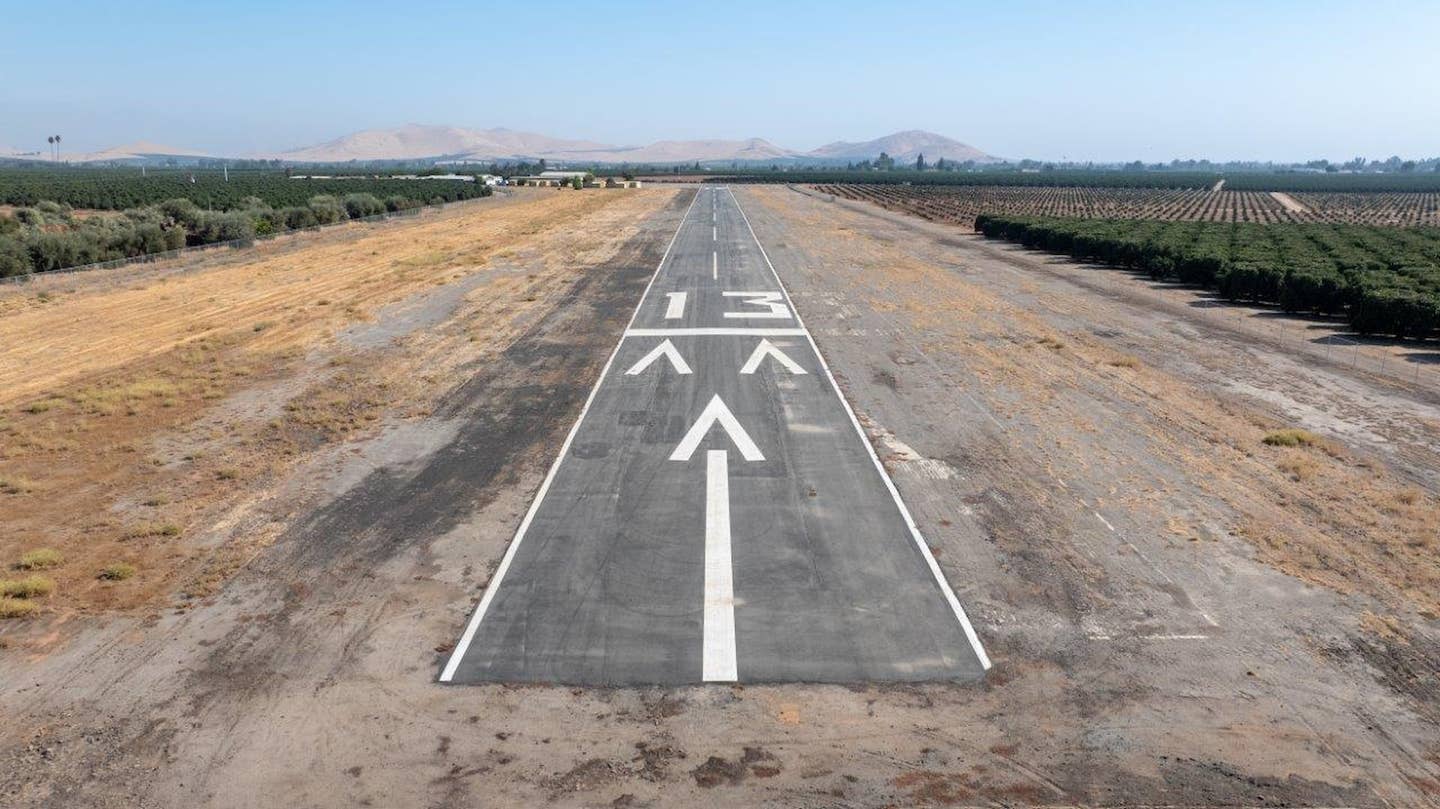A Different Solution For the Need for Hangar Space
A Virginia couple believes customizable hangar condominiums are one way to handle the demand.
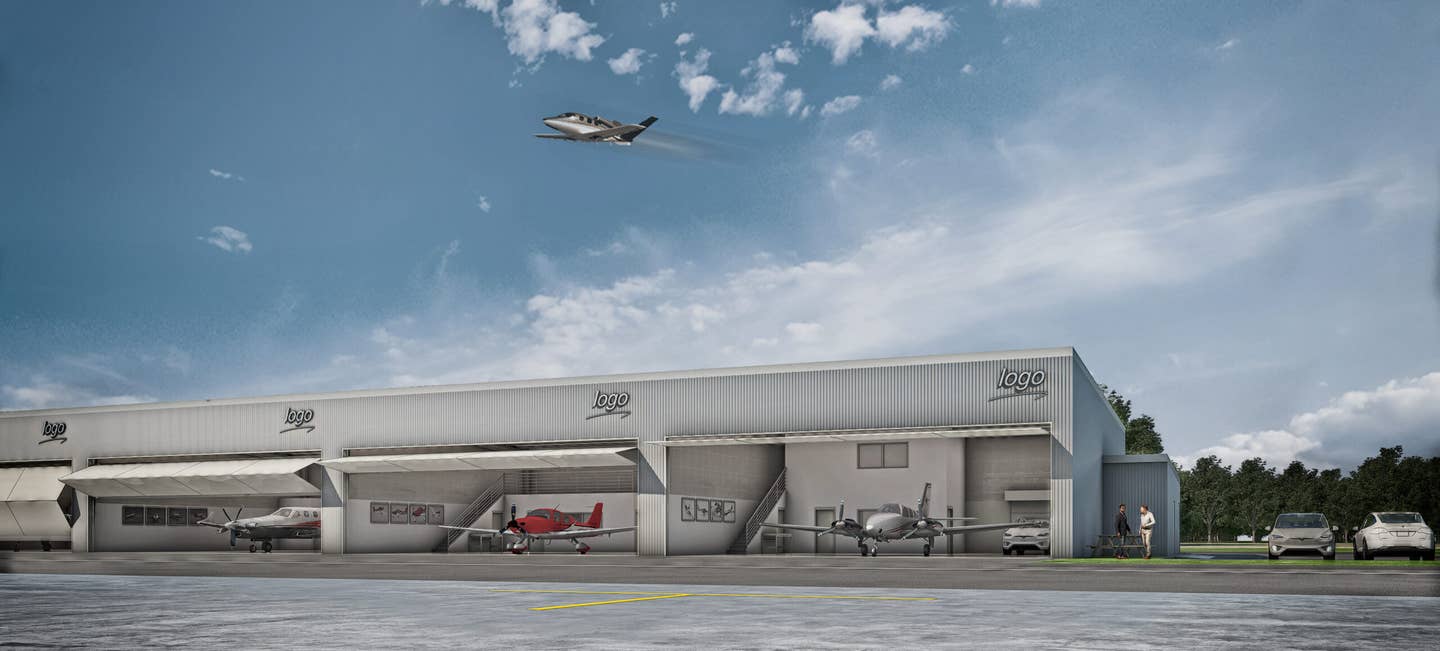
A digital rendering of the exteriors of the KOKV Hangars condominium project. [Courtesy: KOKV Hangars]
The need for hangar space is apparent at many airports across the country. Chances are that you yourself are on a waiting list that has grown to be years out and bears the signatures (and deposits) of dozens of other pilots, all of whom await the chance to snap up whatever hangar comes available next.
This demand has prompted increased interest from the aviation community at large, including aviators who are hoping to better the situation for others. Joe and Tanya Matthews, longtime pilots and construction professionals from northern Virginia, were also caught in the hard place between market demand and hangar availability.
“This will gain traction at any airport anywhere."
Joe Matthews, executive vice president of TMG Construction and co-founder of KOKV Hangars
Their search for space to keep their single-engine airplane out of the elements turned into a much larger project.
“Beyond its ability to serve a wide cross-section of general aviation users, KOKV [Winchester Regional Airport] is special because its leadership is attuned to the industry and has a clear-eyed view of its own strengths, weaknesses, and opportunities. This awareness translates into a business-friendly climate that embraces creative solutions,” Tanya said.
Joe started doing the math.
“We learned that all 61 of their T hangars are fully occupied with another 10 or so aircraft based in a community hangar, yet the airport still has a waiting list of nearly 50 people,” he said. “There was no doubt that conditions were ideal for development; the challenge was finding the right delivery method to bring these facilities online as efficiently and affordably as possible.”
While T hangars and box hangars have typically been the leading type erected at similar airfields across the country, hangar condominiums were determined as the best solution to cater to the general and business aviation tenants at the airport. Their idea would allow owners the flexibility to customize the square footage as they see fit, through building it out as a pilot’s lounge, office, or similar space.
So, they discussed the opportunity with equally enterprising employees of the design-build construction firm they founded in 1992, TMG Construction.
All of them agreed that the construction of premium, customizable hangar condominiums would serve the region’s pilots well and ensure opportunities for long-term stable storage space for their aircraft.
“The value add for the airport in having hangar condos is you have a tenant group that has a greater stake in the airport,” said Nancy McCartan, TMG’s vice president of business development. “Long-term tenants care more about this airport. They are more committed to its success. They will want to see the facility maintained appropriately and ensure it has the right amenities to meet their needs.”
The group quickly got buy-in from airport management.
“The hangar owners made a big investment to be here in the long term and will have an ownership interest in improvements here,” said Nicholas Sabo, executive director of the Winchester Regional Airport. “They can be an advocate for the airport for growth and future plans—long term stakeholders are a valuable addition to the airport.”
A groundbreaking ceremony for the aptly named KOKV Hangars project was held in late February. This formal event, which drew around 75 people, was a celebration of all those involved’ efforts thus far. Additionally, the ceremony served as a foreshadowing of the future hangars’ anticipated impact on the local community.
Adsurgo Development, Winchester Regional Airport, and TMG Construction have collaborated on the project together. Sabo explains how these groups’ partnership is structured.
“As a public private partnership (PPP), there are a lot of stakeholders involved, and especially with any development in a federally obligated airport. You automatically have partners at both the state and federal level in addition to the airport authority and the developer,” Sabo said.
“Additional parties involved were the airport’s engineering consultant to provide engineering support to the airport and both the airport and developer had their legal teams involved to ensure compliance with the laws. Under state code, the PPP has laws that govern these types of collaborations. To distill all that down, the entire collaboration is codified in a comprehensive agreement. The comprehensive agreement is a playbook that defines the limits of how we all collaborate.”
The construction contract for the first 11 non-residential hangar condominium units—of the planned 32 in total—has been issued by the developer. The first six units are expected to be completed by the end of July, barring any unforeseen supply chain issues. Based upon demand, the next five’s initial construction will begin shortly after the initial six units’ completion. From that point forward, the timeline for future units is dependent upon several factors, but all must be completed within six years of the initial groundbreaking.
The team is optimistic that the construction of hangar condominiums would be both feasible and highly desired at other airports across the country.
“The reality of development at airports like ours [Winchester Regional Airport] is that there are always trade-offs, always opportunity costs, and limited resources to come by for capital improvements that are revenue generating,” Sabo said. “Airports have significant capital expenses in the midst of normal course of operations, such as ensuring the runway, taxiways, aprons, are safe and serviceable. New development competes against the other projects that are safety related and cannot be ignored.”
But the positive impact of such projects can’t be ignored, because of their upside potential to stakeholders.
“What this hangar condominium project does is create a business model that acknowledges the true cost of development that seeks to provide a cost effective outcome that ensures the parties are getting good value,” Joe Matthews said. “The ownership model, where a significant amount of money is paid to get a unit, does require a lot of capital to put something like this in motion. So, the condo regime is a successful business model that acknowledges the high cost of development at an airport and in turn gets longtime stakeholders who are invested in the success of the airport.
“This will gain traction at any airport anywhere.”

Sign-up for newsletters & special offers!
Get the latest FLYING stories & special offers delivered directly to your inbox



